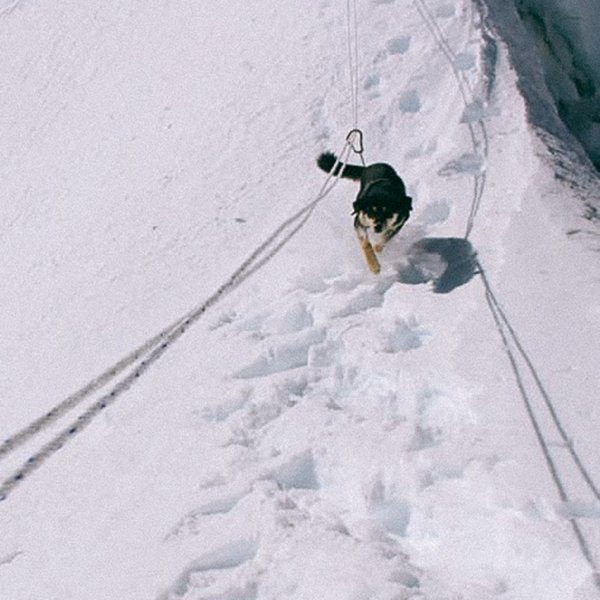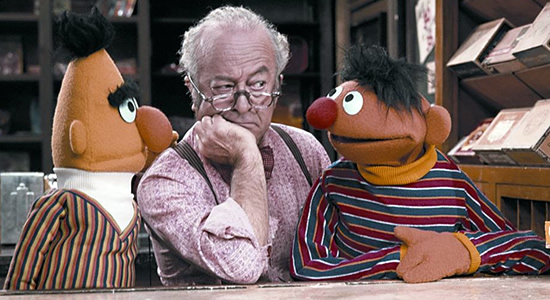
If any of you have been reading my blog for a while you know how much I love Alain de Botton’s work. He started The School of Life in 2008. The following is an excerpt on “small pleasures” from the ever-evolving book, The Book of Life.
I found myself saying “Yes! I need to remember this!” I suspect you will as well.
Getting More Serious about Pleasure
from The Book of Life
When it comes to work, we tend to be – almost universally – highly strategic and thorough in our approach. We think extensively about where our talents and opportunities may lie, we spend years (and a fortune) on training, we devote extraordinary energy (and our most vigorous decades) to progressing up the ladder and keep a vigilant and jealous eye on the progress of our rivals.





